To invest in medium term rentals, start by researching local markets with high demand, such as areas near hospitals or corporate hubs. Focus on properties that appeal to target tenants like travel nurses or interns, offering flexible leases and fully furnished units. Utilize technology like leasing and pricing software to streamline operations. Secure financing from lenders specializing in medium-term rentals to optimize cash flow. Explore the next steps to enhance your investment strategy and maximize returns.
Key Takeaways
- Research local markets to identify demand trends and target tenant demographics for medium-term rentals.
- Focus on properties near hospitals, universities, or corporate hubs to attract reliable tenant groups.
- Furnish properties with essential amenities to meet the needs of travel nurses and corporate professionals.
- Use dedicated platforms like Furnished Finder to list and manage medium-term rental properties effectively.
- Analyze financials to ensure projected income aligns with investment goals and consider flexible financing options.
Understanding Medium Term Rentals
Medium-term rentals (MTRs) bridge the gap between short-term and long-term leases, offering residential properties leased for 1 to 6 months. They cater to tenants such as travel nurses, interns, or professionals on temporary assignments who seek housing flexibility without the commitment of a 12-month lease. Unlike short-term rentals, MTRs reduce turnover frequency, minimizing management efforts while maintaining steady occupancy. Property owners benefit from higher rental rates compared to long-term leases, enhancing cash flow potential. These investment properties are often furnished, providing added convenience for tenants and reducing setup costs for owners. The growing demand for furnished properties in this niche reflects shifting market dynamics, as professionals increasingly prioritize adaptable housing solutions. By targeting this segment, you can attract reliable tenants and optimize returns without the volatility associated with short-term rentals. The rise of remote work has also contributed to increased demand for medium-term rentals, as more professionals seek flexible living arrangements. Understanding medium-term rentals equips you to strategically position your property for consistent profitability.
Invest in Medium Term Rentals: Key Benefits and Opportunities
Furnished rentals spanning one to six months cater to a growing demographic seeking flexible housing solutions, such as professionals on temporary assignments or travel nurses. Investing in a medium-term rental offers distinct advantages over traditional rental strategies. You’ll achieve higher rental income compared to long-term leases while maintaining consistent occupancy due to reduced tenant turnover. This approach minimizes disruptions and simplifies property management, saving you time and costs. Lower regulatory risks compared to short-term rentals enhance investment security and provide a more stable environment for property owners.
- Higher Returns: Medium-term rentals command premium rates, ensuring a steady income stream from high-paying tenants like corporate professionals.
- Market Stability: Unlike short-term rentals, which fluctuate with seasonal demand, medium-term rentals provide a predictable cash flow, even during off-peak periods.
- Less Competition: The mid-term rental market is less saturated than short-term platforms like Airbnb, giving you a strategic edge in attracting tenants.
Identifying Target Tenants for Medium Term Rentals

Travel nurses typically require 13-week stays for temporary assignments, making them a reliable tenant group for medium-term rentals. Corporate housing trends show professionals increasingly favor flexible leases during relocations or short-term projects. Understanding these needs helps you tailor properties to attract consistent, high-demand tenants. Consider seller financing as an option to acquire properties with minimal upfront costs, aligning with the demand for flexible housing solutions.
Travel Nurse Needs
With extended assignments averaging 13 weeks, the consistent demand for temporary housing from travel nurses creates a reliable market for medium-term rentals. These professionals often seek furnished accommodations near healthcare facilities, ensuring both convenience and stability during their assignments. Strategically located properties in cities with multiple hospitals or specialized medical centers see higher occupancy rates. Travel nurses prioritize amenities like high-speed internet and laundry facilities, so tailoring your rental to their needs boosts appeal. According to Furnished Finder, over 30,000 daily users in this niche actively seek suitable temporary housing. Conducting a market analysis to identify areas with strong demand for travel nurses can position your property for consistent bookings and long-term profitability. Implementing dynamic pricing strategies based on local market demand can further optimize rental income and maintain high occupancy rates.
- Target locations near healthcare facilities to maximize occupancy rates
- Offer amenities like high-speed internet to attract travel nurses
- Leverage platforms like Furnished Finder to tap into this growing market
Corporate Housing Trends
As companies increasingly prioritize cost efficiency and employee satisfaction, corporate housing has emerged as a key solution for mid-term accommodation needs. Over 60% of corporate clients seek mid-term rentals for assignments lasting one to six months, making business professionals a key demographic. Furnished housing options reduce relocation costs and enhance employee satisfaction compared to traditional hotel stays. Urban areas with high hospital concentrations see consistent demand from travel nurses needing 13-week stays. Additionally, film and theater companies frequently secure mid-term rentals for cast and crew, driving demand in entertainment hubs. Digital nomads, a growing workforce segment, also prefer mid-term rentals for flexibility during extended remote work periods. Properties with value-added amenities such as washers, fast internet, and gyms attract corporate tenants and justify higher rental rates. By targeting these groups—business professionals, travel nurses, entertainment industry workers, and digital nomads—you can tap into a stable and diverse tenant base for corporate housing investments.
Choosing the Right Market for Medium Term Rentals
Focus on location demand analysis by identifying areas with consistent medium-term rental needs, such as cities with universities, healthcare facilities, or corporate hubs. Assess tenant needs by understanding the specific requirements of students, traveling nurses, or business professionals searching for temporary housing. Conduct local market research to evaluate rental regulations, occupancy rates, and competition to guarantee your investment aligns with market dynamics. Strong local amenities such as parks, shopping areas, and schools can significantly enhance the appeal and desirability of a rental property, leading to increased demand.
Location Demand Analysis
Why is choosing the right market critical for success in medium-term rentals? Location demand analysis guarantees you target markets with high demand and investment potential, maximizing your returns. Start with market research to evaluate rental rates, tenant demographics, and vacancy rates. Analyze economic indicators like job growth and population trends to gauge future demand. Investigate local laws to avoid regulatory pitfalls that could limit your strategy. Seasonal trends, such as tourist seasons or academic schedules, also play a key role in predicting demand fluctuations. Key factors to reflect on include:
- Proximity to hospitals, universities, and business hubs, which attract tenants like traveling professionals and students.
- Local economic health, including job growth and industry developments.
- Seasonal demand patterns influenced by tourism or academic calendars.
Leverage local market insights by collaborating with real estate professionals to identify undervalued neighborhoods and exclusive opportunities. Focusing on these elements guarantees a strategic approach to selecting the right market.
Tenant Needs Assessment
How can you ascertain your medium-term rental property meets tenant expectations? Start by analyzing local demographics to identify key tenant groups, such as corporate tenants, travel nurses, or interns. Assess their accommodation needs, from flexible leases to fully furnished units with essential rental features. Seasonal trends play an important role; align your availability with peak demand periods, like academic semesters or corporate project timelines. Partner with local businesses or institutions hiring temporary employees to secure consistent bookings and tailor your offerings. Confirm compliance with local regulations to avoid legal setbacks. By understanding tenant needs and leveraging partnerships, you’ll position your medium-term rentals as a reliable solution for those seeking temporary housing, maximizing both occupancy rates and tenant satisfaction. Effective property management is vital for attracting and retaining quality tenants.
Local Market Research
Understanding tenant needs is the foundation for a successful medium-term rental strategy, but identifying the right market guarantees your investment aligns with demand. Conduct local market research to pinpoint areas with high demand for rental properties, such as cities with hospitals, universities, or corporate hubs. Analyze rental rates and occupancy trends to guarantee competitive pricing and assess profitability. Investigate local regulations to avoid restrictions that could impact your investment opportunities. Stay informed about demographic shifts and market dynamics by leveraging real estate reports and tools. Collaborate with property management companies or real estate agents who specialize in rentals for insider insights.
- Target areas with sustained demand from professionals or students.
- Monitor rental rates and occupancy trends for profitability.
- Partner with local experts to navigate market dynamics effectively.
Essential Steps to Start Investing in Medium Term Rentals

To successfully invest in medium-term rentals, begin by thoroughly researching local rental markets to pinpoint demand trends and target tenant demographics. Focus your search on areas with high demand from travel nurses, corporate professionals, and students seeking temporary housing. Analyze the financials of potential rental properties, ensuring projected income aligns with your financial goals while accounting for expenses. Aim for properties with ideal locations near hospitals, corporate hubs, or universities. Secure financing from lenders specializing in medium-term rental loans, as these don’t require traditional 12-month leases for qualification. Furnish your property with essentials like quality linens, kitchenware, and comfortable living spaces to meet tenant expectations. Finally, list your property on dedicated platforms like Furnished Finder to attract the right audience.
| Key Factors | Strategies |
|---|---|
| Target Tenant Demographics | Identify travel nurses, corporate professionals |
| Property Location | Near hospitals, corporate hubs, universities |
| Furnished Rentals | Equip with essential amenities |
| Listing Platforms | Use Furnished Finder, Corporate Housing By Owner |
Utilizing Technology for Managing Medium Term Rentals
By leveraging leasing software, you can automate paperwork and streamline lease agreements, markedly reducing administrative burdens while enhancing efficiency in managing medium term rentals. Coupled with pricing software, you’ll implement dynamic pricing strategies that adapt to market trends, ensuring ideal occupancy rates and maximizing revenue. Property management software further consolidates tenant inquiries, maintenance requests, and payment processing, creating a seamless operational workflow.
- Dynamic Pricing Optimization: Use pricing software to adjust rates based on seasonal demand and local market trends, boosting profitability.
- Automated Tenant Communication: Employ auto-messaging tools to respond promptly to tenant inquiries, maintaining professionalism and satisfaction.
- Data-Driven Decisions: Analyze occupancy rates and tenant behavior through data analytics, enabling strategic adjustments to your rental strategy.
Integrating these technologies empowers you to make informed, calculated decisions, ensuring your medium term rentals remain competitive and efficient in a fluctuating market.
Building a Support Team for Medium Term Rental Success

Successful medium-term rental investment relies heavily on assembling a skilled support team tailored to your operational needs. Start by partnering with real estate professionals who specialize in investment properties and property managers experienced in medium-term rentals to guarantee seamless acquisition and operations. Engage local contractors for timely maintenance, reducing downtime and enhancing tenant satisfaction. Secure legal advice from attorneys well-versed in rental laws and lease agreements to safeguard compliance and mitigate risks. Establish relationships with reliable service providers, such as cleaning and furnishing companies, to maintain property appeal and deliver a high-quality tenant experience. Leverage networking opportunities with other investors and professionals in the mid-term rental market to exchange insights, strategies, and resources. Building a support team with these key players guarantees operational efficiency, legal compliance, and sustained profitability in your medium-term rental ventures.
Financing Options for Medium Term Rental Investments
While traditional lenders often lag in adapting to the medium-term rental market, investors can access capital more efficiently through alternative financing solutions tailored to their investment needs. Non-QM DSCR lenders, for instance, provide flexible underwriting, allowing you to qualify without requiring 12-month leases. This approach aligns with the unique cash flow dynamics of medium-term rentals. Easy Street Capital stands out as a leader, offering innovative financing options designed specifically for this niche. Their loans eliminate the need for traditional lease terms during refinancing, giving you greater flexibility in managing your investment strategies. To maximize your financing options, consult loan specialists who understand the medium-term rental market’s nuances. Their expertise can help you secure capital more effectively and scale your portfolio.
- Leverage flexible underwriting to bypass traditional lease requirements.
- Partner with lenders like Easy Street Capital for tailored solutions.
- Work with loan specialists to optimize your medium-term rental financing.
Conclusion
Investing in medium-term rentals blends old-school real estate wisdom with modern strategies. Analyze data to identify high-demand markets and target tenants like corporate professionals or traveling nurses. Utilize tech tools for streamlined management and optimize pricing based on market trends. Surround yourself with a skilled team to handle logistics. Secure financing options that align with your goals. By marrying timeless property investment principles with cutting-edge tools, you’ll reveal consistent, stable returns.




